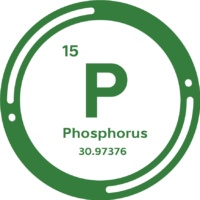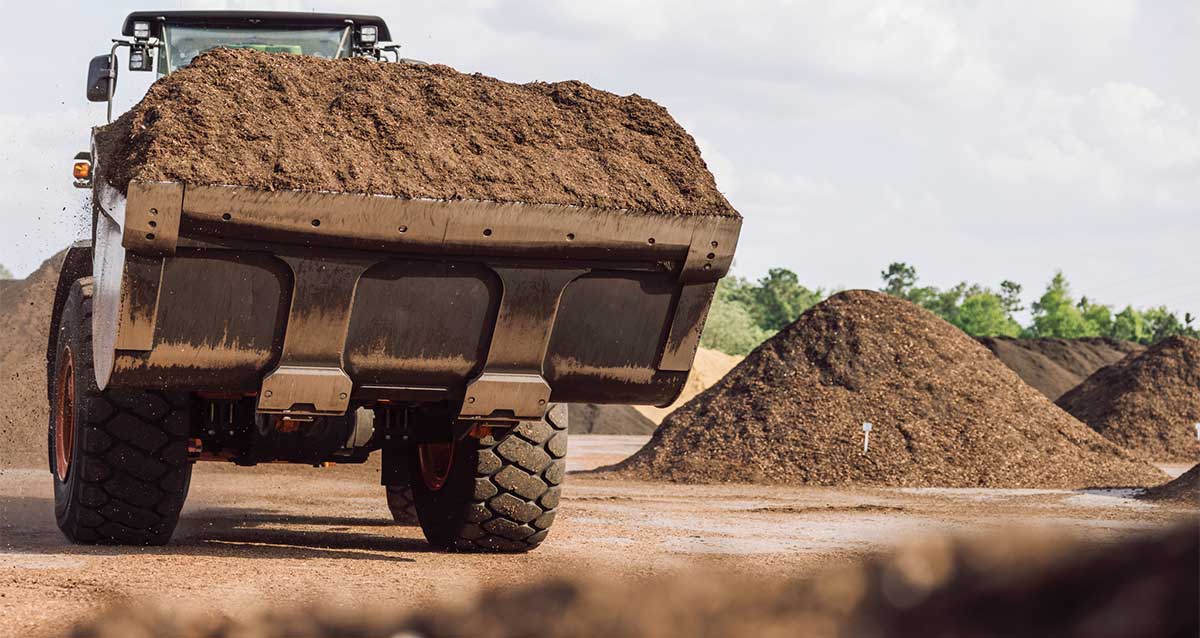MSAP® Compost Protects Watersheds
A Better Way to Process Biosolids
The MSAP composting process relies on the correct balance of carbon and nitrogen to facilitate efficient biological decomposition. Significant volumes of carbon-based bulking agents, such as yard waste, are added to the biosolids to facilitate the ideal recipe. Typically, this requires a minimum of 3-parts yard waste to 1-part biosolids by volume.
A significant dilution of nutrients results, meaning MSAP compost has far less nitrogen and phosphorus than dewatered, dried or pelletized biosolids. Furthermore, the biological conversion and oxidation of the materials during composting has a significant effect on nutrient availability and subsequent mineralization when the finished compost is added to soils.
MSAP compost has been utilized to great effect in combating problems associated with soil degradation, surface water runoff, nutrient leaching and erosion. Which makes it an important tool for watershed protection.

NITROGEN
Research has shown that only 10% of the nitrogen in the finished compost will become available through mineralization in one growing season. Some of the N will become available in subsequent years, but at considerably slower rates than in the first year. Because nitrogen in MSAP compost is released very slowly and is available to plants over a long period of time, its release is consistent with plant uptake needs.

PHOSPHOROUS
Unlike in synthetic fertilizers, P is not easily removed from MSAP composts. Since much of the P (and N) in the finished compost is held in organic matter, it’s unavailable for plant uptake. Further, calcium levels in MSAP compost are triple that of P, and good levels of iron are also present, so as P does get released by microbial and chemical action it quickly binds again with these and other elements.


